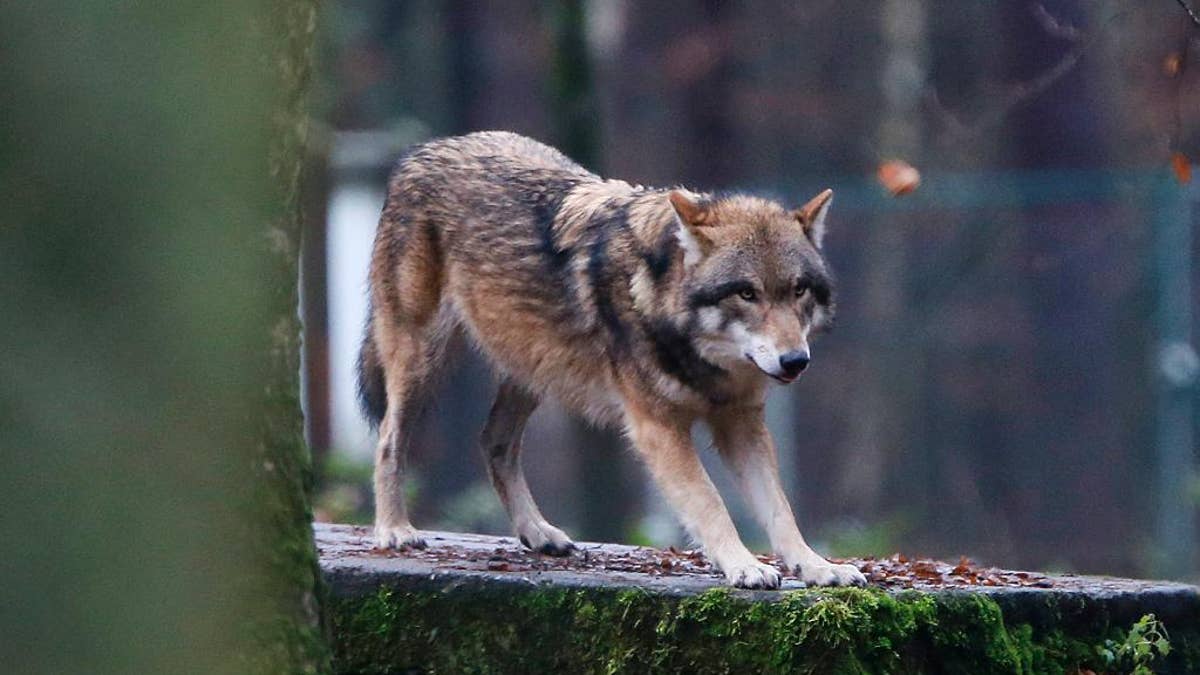
In this photo taken Thursday, Dec. 18, 2014, a European wolf is pictured in a wildlife park in Hanau, Germany. Scientists studying populations of bears, wolves, Eurasian lynx and wolverines found they have flourished on the continent, decades after being driven almost to extinction by hunting and the destruction of their habitat. (AP Photo/Michael Probst) (The Associated Press)
BERLIN – Brown bears, grey wolves and other large carnivores are making a comeback in Europe.
Scientists studying populations of bears, wolves, Eurasian lynx and wolverines found they have flourished on the continent, decades after being driven almost to extinction by hunting and the destruction of their habitat.
Surprisingly, the animals aren't just living in nature reserves or remote wilderness, but appear to co-exist in areas dominated by humans across a third of Europe's land mass, the authors wrote in their article published in the journal Science on Thursday.
The study found that Europe, excluding Russia, Ukraine and Belarus, "is succeeding in maintaining, and to some extent restoring, large carnivore populations on a continental scale" thanks in part to strong legal protection.
Denmark, Belgium, Luxembourg and the Netherlands are the only continental countries to have no permanent breeding populations of at least one large carnivore.
Some 17,000 brown bears now inhabit much of Scandinavia, the Balkans and even parts of the Alps and the Pyrenees. About 12,000 wolves can be found in those areas, but packs have also established themselves in much of eastern Europe, parts of Germany, Italy, France and the Iberian peninsula.
Eurasian lynx, who are thought to number about 9,000, are stable across Scandinavia and the mountainous regions of central and eastern Europe, while some 1,250 wolverines — a species that prefers cold climates — live in Scandinavia.
A relatively tolerant attitude toward large carnivores has also emerged in recent decades.
Guillaume Chapron, a researcher at the Swedish University of Agricultural Sciences and lead author of the study, cited the example of local herders in northwestern Spain who tolerate wolves killing mountain ponies because that keeps them from preying on more valuable cattle.
In Poland, wolves are considered a natural way of keeping deer and wild boar populations in check, while in Sweden and Croatia brown bears are hunted in a sustainable way, he said.
